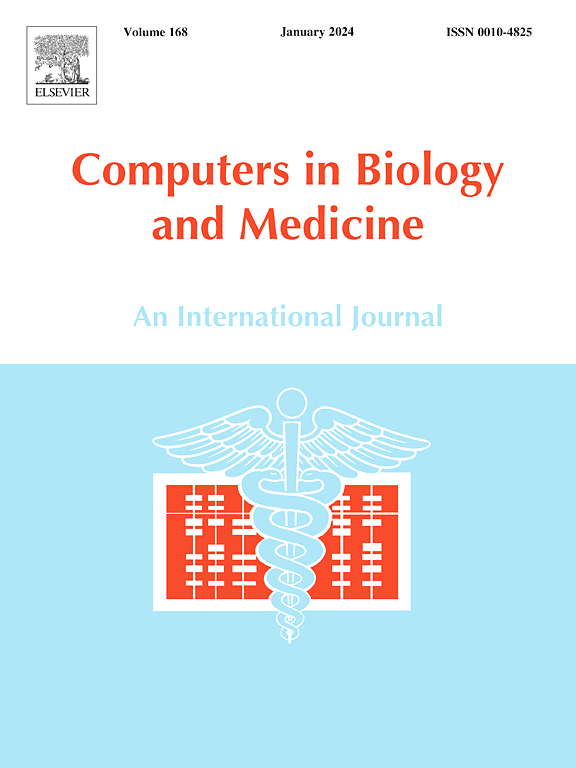Knock-knee diagnosis in Chinese adolescents: Expert evaluation and defensive strategies in image analysis — A population study
IF 7
2区 医学
Q1 BIOLOGY
引用次数: 0
Abstract
Background:
Knock-knee, a prevalent postural deformity problem among adolescents, poses significant challenges to traditional diagnostic methods in terms of complexity, high cost, and radiation risk. Therefore, there is a demand for diagnostic techniques that are more accessible, safe, and non-invasive for knock-knee.
Methods:
We collected 1519 clear whole-body images from 1689 Chinese adolescents aged 10–19 years as image data, and obtained expert annotations on the presence or absence of knock-knee from three orthopedic surgeons. Utilizing Real-Time Multi-Person Pose Estimation (RTMpose), we manually extracted ten features related Knock-knee to construct the dataset. Regard to model, we employed a defense strategy called BitSqueezing.
Results:
The proposed model achieved an accuracy of 72.81%, a recall of 62.12%, and an AUC of 76.12%, outperforming the benchmark model that achieved an accuracy of 62.45%, a recall of 43.35%, and an AUC of 76.17%.
Conclusion:
The proposed model is a promising non-contact, high-performance knock-knee detection method that can overcome the limitations of traditional diagnostic methods. The proposed model can facilitate more accurate and efficient deformity detection and postural correction in adolescents. The proposed model also demonstrates the effectiveness of adversarial defense in improving the reliability and accuracy of pose estimation tasks. Future work should validate the proposed model in larger and more diverse populations, and explore other applications of pose estimation and adversarial defense in deformity detection.
中国青少年叩膝诊断:影像分析中的专家评价和防御策略-一项人口研究。
背景:膝内翻是青少年中普遍存在的一种体位畸形问题,其复杂性、高成本和辐射风险对传统的诊断方法提出了重大挑战。因此,需要更容易获得、更安全、更无创的膝关节诊断技术。方法:收集1689例10-19岁中国青少年1519张清晰的全身图像作为图像数据,并获得三位骨科医生对膝关节是否存在的专家注释。利用实时多人姿态估计(RTMpose),人工提取10个与膝关节相关的特征来构建数据集。关于模型,我们采用了一种叫做bitsqueeze的防御策略。结果:该模型准确率为72.81%,召回率为62.12%,AUC为76.12%,优于基准模型的准确率为62.45%,召回率为43.35%,AUC为76.17%。结论:该模型克服了传统诊断方法的局限性,是一种很有前途的非接触、高性能的膝关节检测方法。该模型可以更准确、更有效地检测青少年的畸形并进行体位矫正。该模型还证明了对抗防御在提高姿态估计任务的可靠性和准确性方面的有效性。未来的工作应该在更大、更多样化的人群中验证所提出的模型,并探索姿态估计和对抗防御在畸形检测中的其他应用。
本文章由计算机程序翻译,如有差异,请以英文原文为准。
求助全文
约1分钟内获得全文
求助全文
来源期刊

Computers in biology and medicine
工程技术-工程:生物医学
CiteScore
11.70
自引率
10.40%
发文量
1086
审稿时长
74 days
期刊介绍:
Computers in Biology and Medicine is an international forum for sharing groundbreaking advancements in the use of computers in bioscience and medicine. This journal serves as a medium for communicating essential research, instruction, ideas, and information regarding the rapidly evolving field of computer applications in these domains. By encouraging the exchange of knowledge, we aim to facilitate progress and innovation in the utilization of computers in biology and medicine.
 求助内容:
求助内容: 应助结果提醒方式:
应助结果提醒方式:


